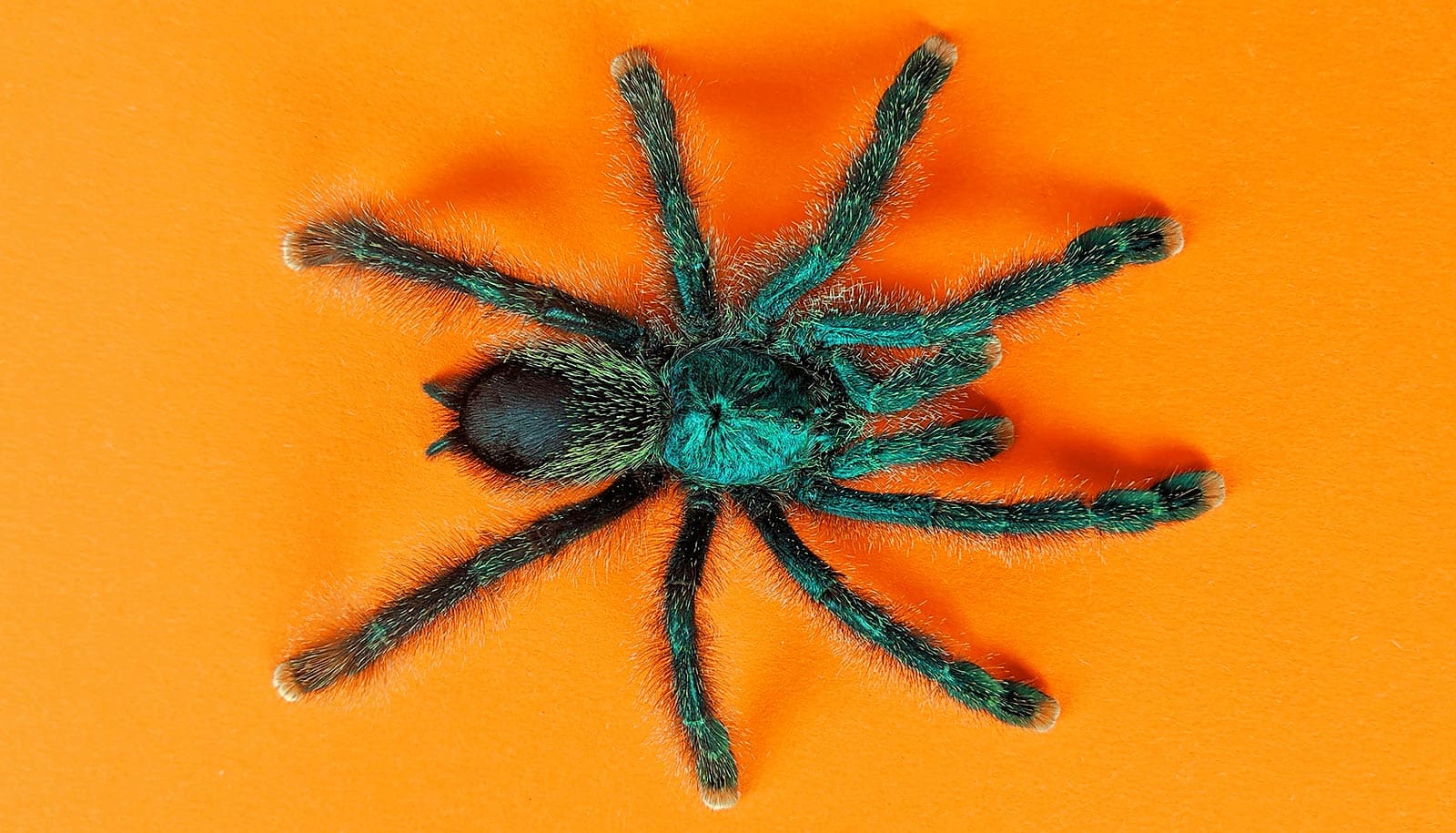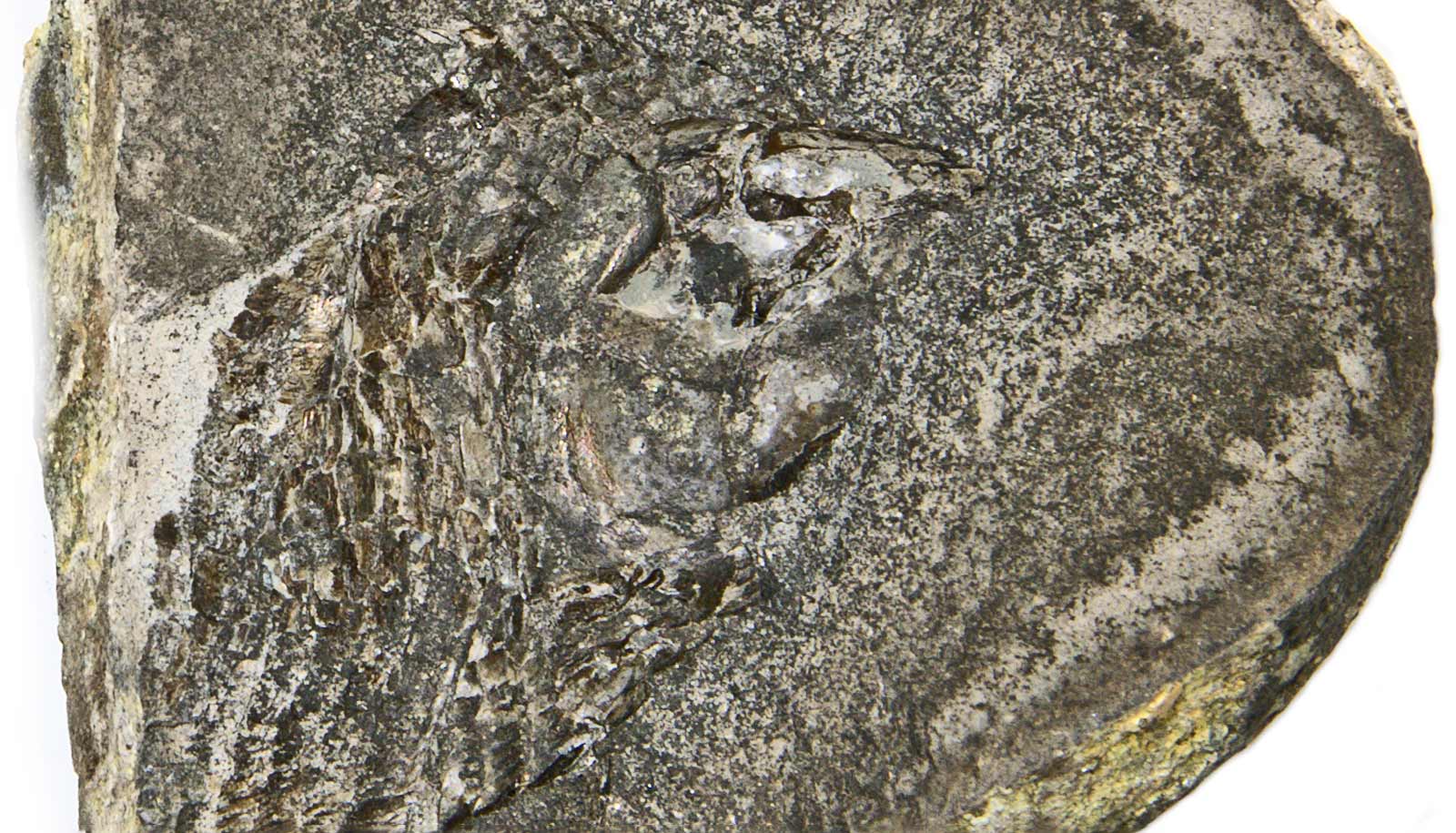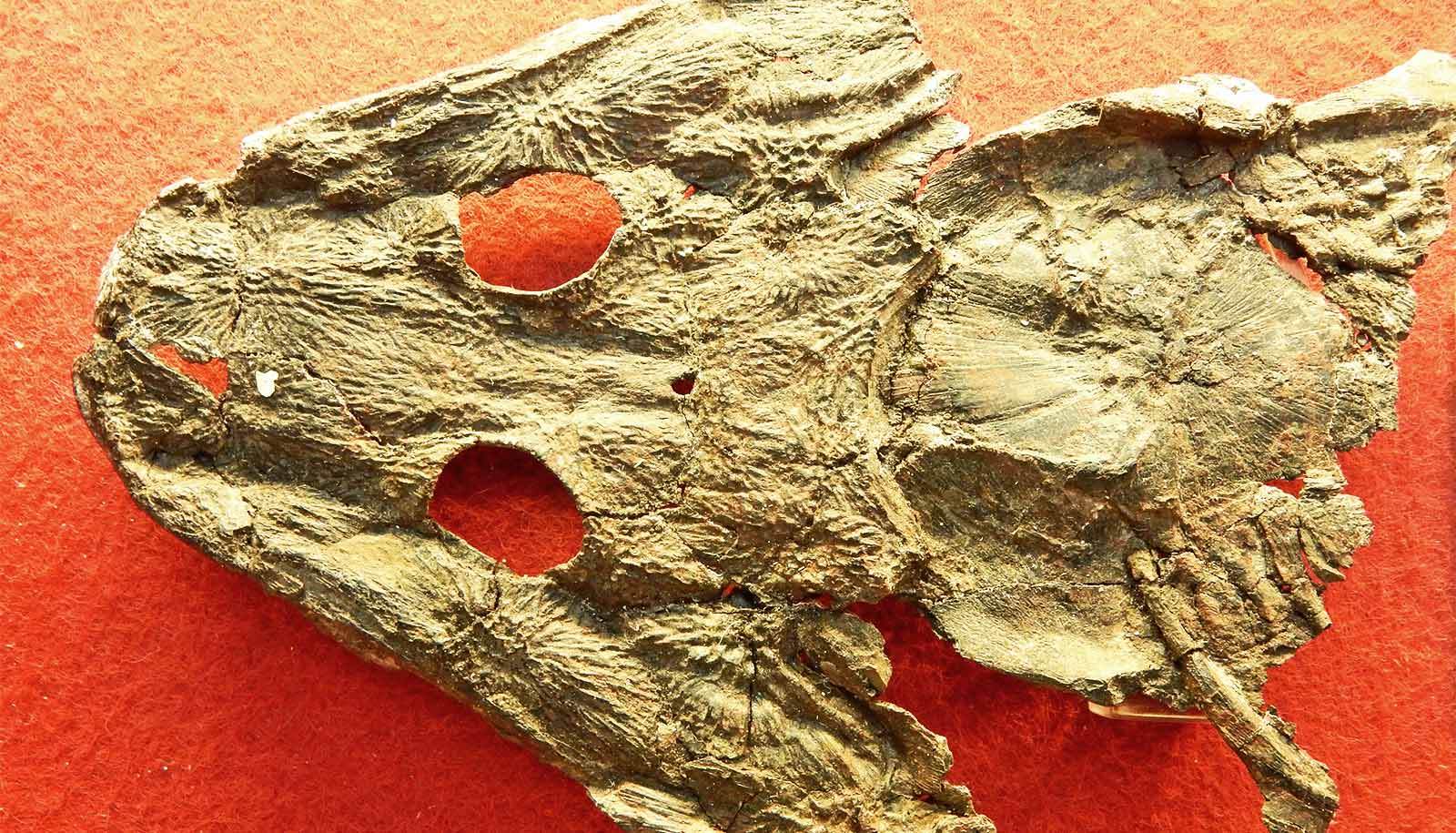
The way tarantulas got to Asia suggests they may also be surprisingly proficient dispersers. (Credit: Julian Schulz/Unsplash
How ‘homebody’ tarantulas got to 6 continents
Tarantulas are known around the work, but they're actually homebodies. So how did they come to inhabit six of seven continents?
Tarantulas inhabit six of seven continents, but they’re actually homebodies. New research explores how they’ve dispersed around the world.
Females and their young rarely leave their burrows and only mature males will wander to seek a mate.
Researchers set out on an ancestry.com-like investigation and looked to the transcriptomes, the sum of all the transcripts from the mRNA, of many tarantulas and other spiders from different time periods. They used the transcriptomes to build a genetic tree of spiders and then time-calibrated their tree with fossil data.
Tarantula fossils are extremely rare, but the software used in the study managed to estimate the ages of older tarantulas relative to the ages of fossils from other spiders.
The findings show that tarantulas are ancient, first emerging in the piece of land now considered the Americas about 120 million years ago during the Cretaceous Period. At that time South America was attached to Africa, India, and Australia as part of the Gondwana supercontinent.
The spiders ultimately reached their present destinations due to continental drift, with a few interesting departures.
For example, the nature of their entry into Asia suggests tarantulas may also be surprisingly proficient dispersers. The study establishes two separate lineages of tarantulas that diverged on the Indian subcontinent before it crashed into Asia, with one lineage predominantly ground dwelling and the other predominantly arboreal.
The researchers found that these lineages colonized Asia about 20 million years apart. Surprisingly, the first group that reached Asia also managed to cross the Wallace Line, a boundary between Australia and the Asian islands where many species are found in abundance on one side and rarely or not at all on the other.
“Previously, we did not consider tarantulas to be good dispersers,” says Saoirse Foley of Carnegie Mellon University. “While continental drift certainly played its part in their history, the two Asian colonization events encourage us to reconsider this narrative. The microhabitat differences between those two lineages also suggest that tarantulas are experts at exploiting ecological niches, while simultaneously displaying signs of niche conservation.”
The findings appear in PeerJ . Additional coauthors are from the Yale-NUS in Singapore and Universität Trier in Germany.
Source: Carnegie Mellon University
The post How ‘homebody’ tarantulas got to 6 continents appeared first on Futurity .
Share this article:
This article uses material from the Futurity article, and is licenced under a CC BY-SA 4.0 International License. Images, videos and audio are available under their respective licenses.
Related Articles:
Fossil hints at more complex fish brain evolution
June 17, 2024 • futurityEarly amphibians’ move to land came with a spine switch-up
June 17, 2021 • futurityLinks/images:
- https://www.futurity.org/biggest-fossil-spider-dug-yet/
- https://www.futurity.org/fossils-spiders-continental-drift-950952/
- https://doi.org/10.7717/peerj.11162
- https://www.cmu.edu/news/stories/archives/2021/april/tarantulas-traced-to-cretaceous.html
- https://www.futurity.org/tarantulas-spiders-fossils-2553122/
- https://www.futurity.org


